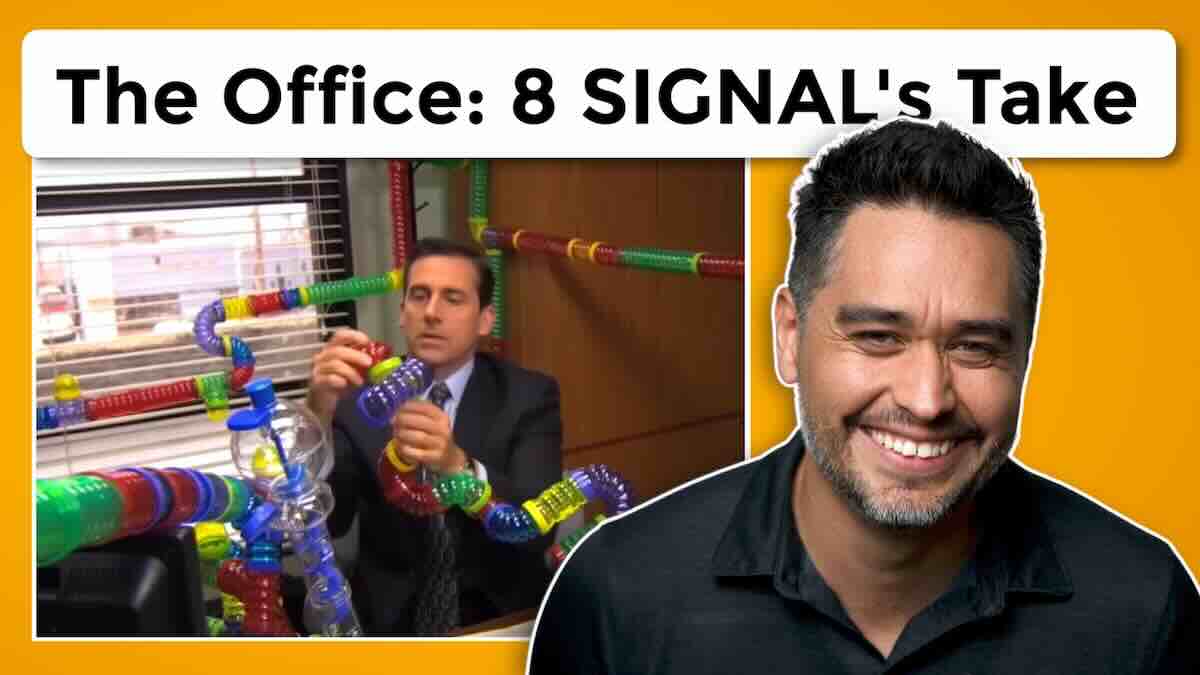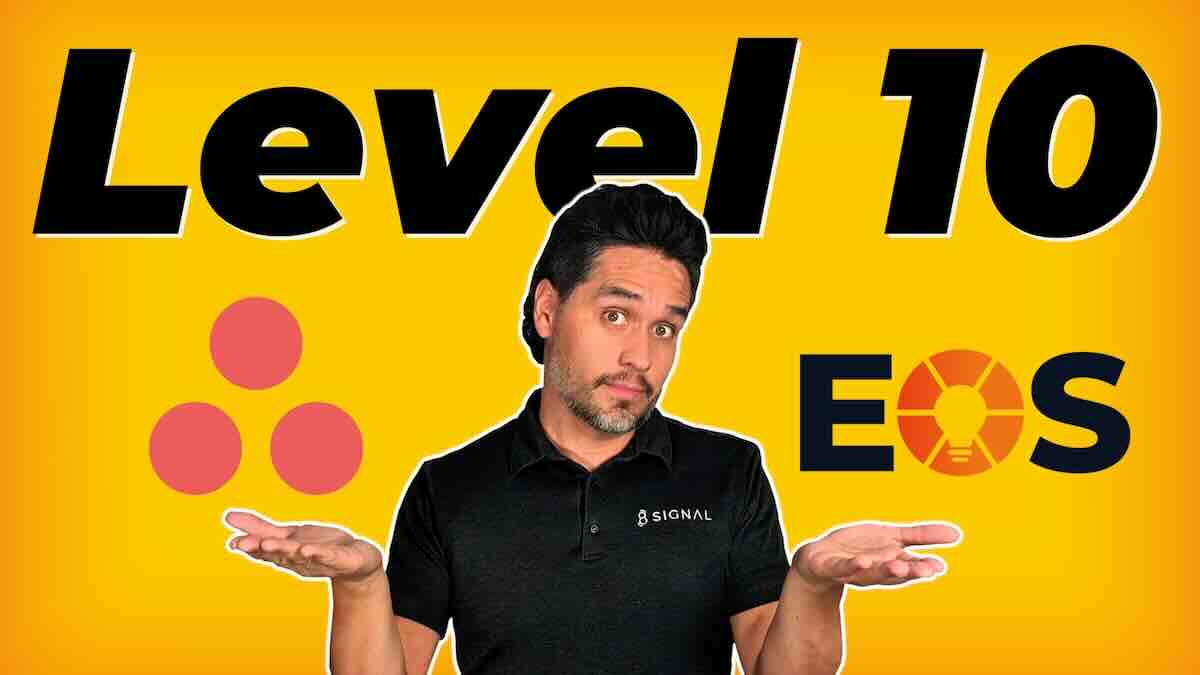My son, Little Ruben, turned 9 last week. Time flies.
When he was 4 years old, a classmate in Picacho Hills Elementary was fixated with everything Star Wars, especially The Imperial March song.
Bom bom bom bombombom.
Every single day, Ruben would come home talking about Daniel and Star Wars. Five years later, Ruben is probably just as obsessed as Daniel was.
So for his birthday this year, we got him tickets to go see The Force Awakens… Only two more days to wait! He already knows lots of details about the new characters, and I can’t even tell or know the difference between a Clone Trooper and a Stormtrooper…
As you may know, Disney owns the Star Wars franchise.
This got me thinking on this week’s topic, email marketing.
Just like Daniel’s consistent obsession got Ruben hooked on Star Wars, we need to remain consistent in our email marketing in order for it to pay off.
Clients, like Responsive Learning, have seen the result of consistency in the email marketing that we’ve helped streamline. In fact, we just got an email from Kristi last week:
Subject line: Kudos!
Email: Hi, Tiffany & Ruben ~
I just wanted to let you both know that we had two requests, after this last article, from individuals that wanted to be put on our email list. They are highly regarded and forwarded frequently. Thanks for doing such a great job!
Have a wonderful weekend!
Thank you for those kind words Kristi 🙂
Email marketing is another form of content marketing. So you want to make sure you stick to the guidelines we provided you in last week’s email.
- Stop hard selling in every email
- Avoid generic content
- Provide valuable content
- Educate and entertain
Let’s break down some fundamentals of a good email.
Step 1: Write a strong subject line with these three triggers
The purpose of your subject line is to get your email opened. Email marketing may be inexpensive on the pocket book, but poorly written emails can be very expensive to your reputation and cause more harm than good.
Sean D’Souza teaches three triggers for effective headlines.:
- Question-based headlines. “Do you know where your email marketing falls short?” Sean states that a question based headline gets far more attention than statement headlines. “The very sight of a question mark forces your brain to want to know more.”
- Problem-based headlines. “Struggling to to streamline your marketing?” Focusing on a problem that your audience is facing is powerful because you offer the promise of a solution. Whether your promise to a solution is upfront or subdued, be sure not to disappoint on your promise.
- Curiosity headlines. “Do your emails follow these proven strategies?” “What a 5-year-old obsessed with Star Wars can teach us about consistency”. Both of these headlines tease you a little bit. The first uses the word these. The second headline makes an unusual association between a 5-year-old, Star Wars (a hot topic at the moment), and a lesson on consistency. In both examples, we’re teasing your brain.
Getting the reader’s attention is half the battle!
Step 2: Keep your email short
Unfortunately, technology has shrunk our attention span to near nothing. There is so much stimuli around us that it’s overwhelming. So keep your emails short.
A good rule of thumb that I like to follow is to keep it close to 140 words, usually not more than 200. If it goes longer than that:
- I make sure that I include a subheadline,
- the most important 2-3 sentences bolded,
- and use bullets to break up the text a little
Step 3: Have a Clear Call to Action
Keeping it short also means only having one call to action. That doesn’t mean you can’t have multiple links in your email, especially when you’re providing different resources. What it does mean is that you need to be clear on what action you want the receiver to take.
- Is it to visit that week’s blog post?
- Use a coupon code to place an order?
- Call their mother to thank her for giving birth to them?
Whatever it is, keep it focused to one main call to action.
Not having a clear Call to Action is like getting in the car and not having the slightest idea of where you’re going.
It’s also like having so many places to go at once, you’re paralyzed with indecision. You want to avoid having too many places to go to at the same time in your emails. By identifying what you’d like your audience to do, you can dedicate all 140-200 words on a single purpose: your call to action.
When your email lacks a clear Call to Action, readers can get confused and decide to hit delete without taking any action. When your email isn’t direct and to the point, you dilute your efforts dramatically. Gradually people will stop scanning or reading your emails.
That’s your crash course on email marketing. Now you’re ready to go give it a try.
What are your best email marketing tips? We’d love to hear what’s working for you. Leave us a comment below to join the conversation.






